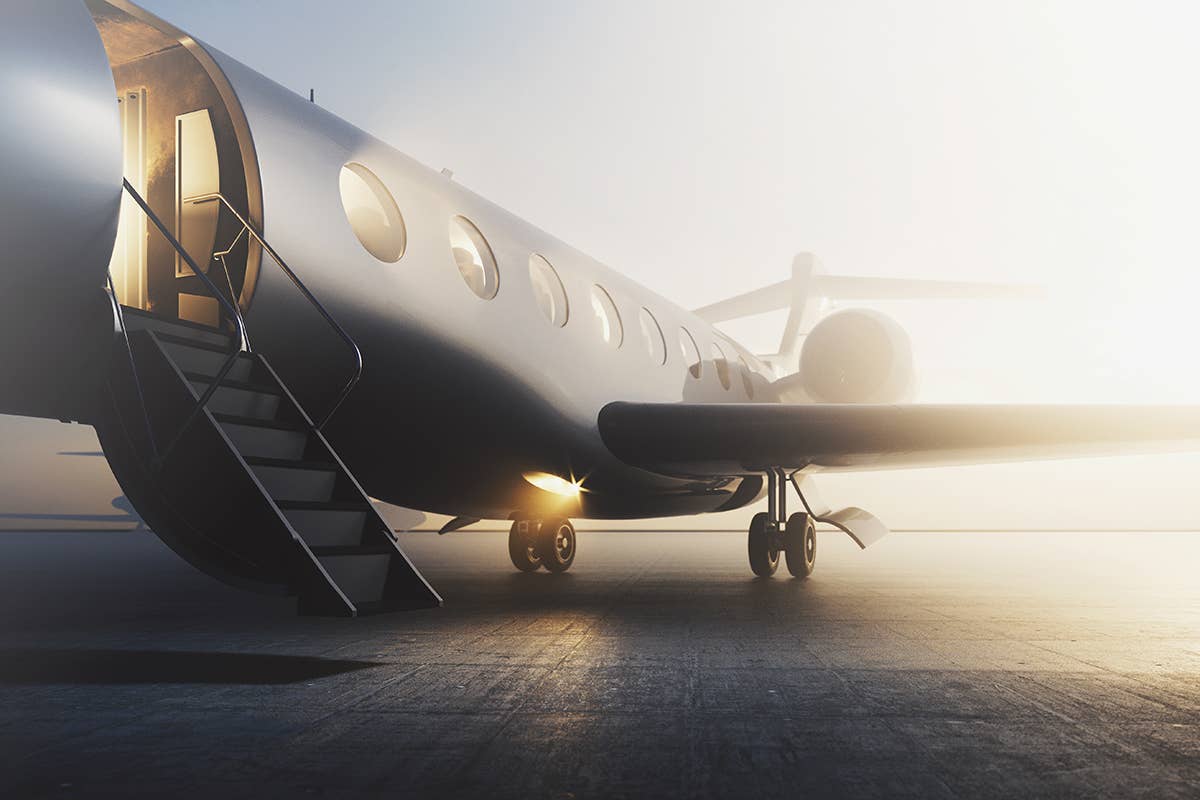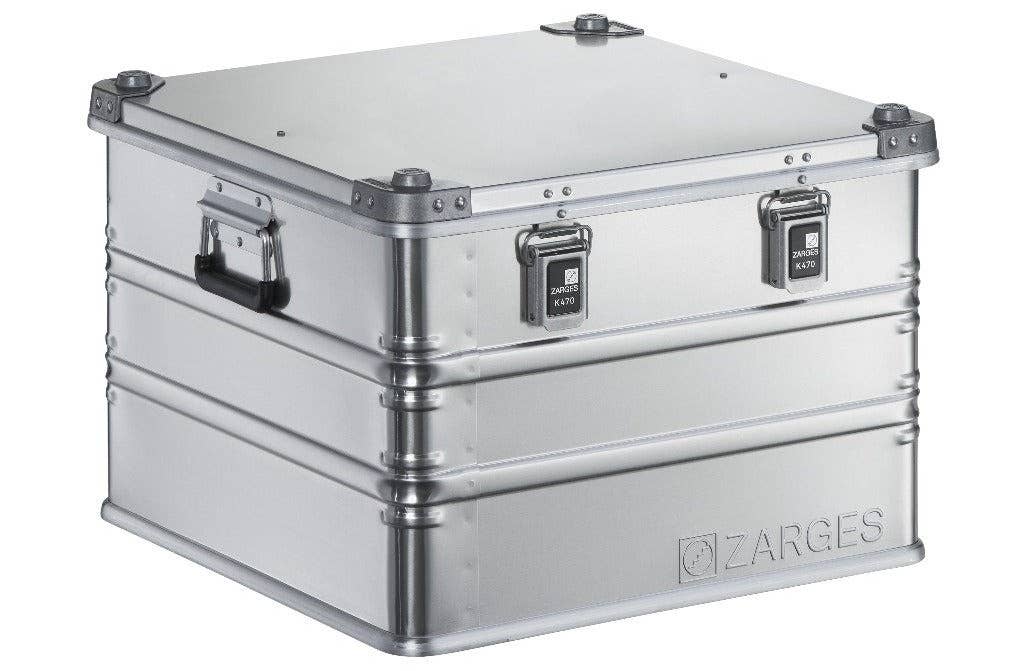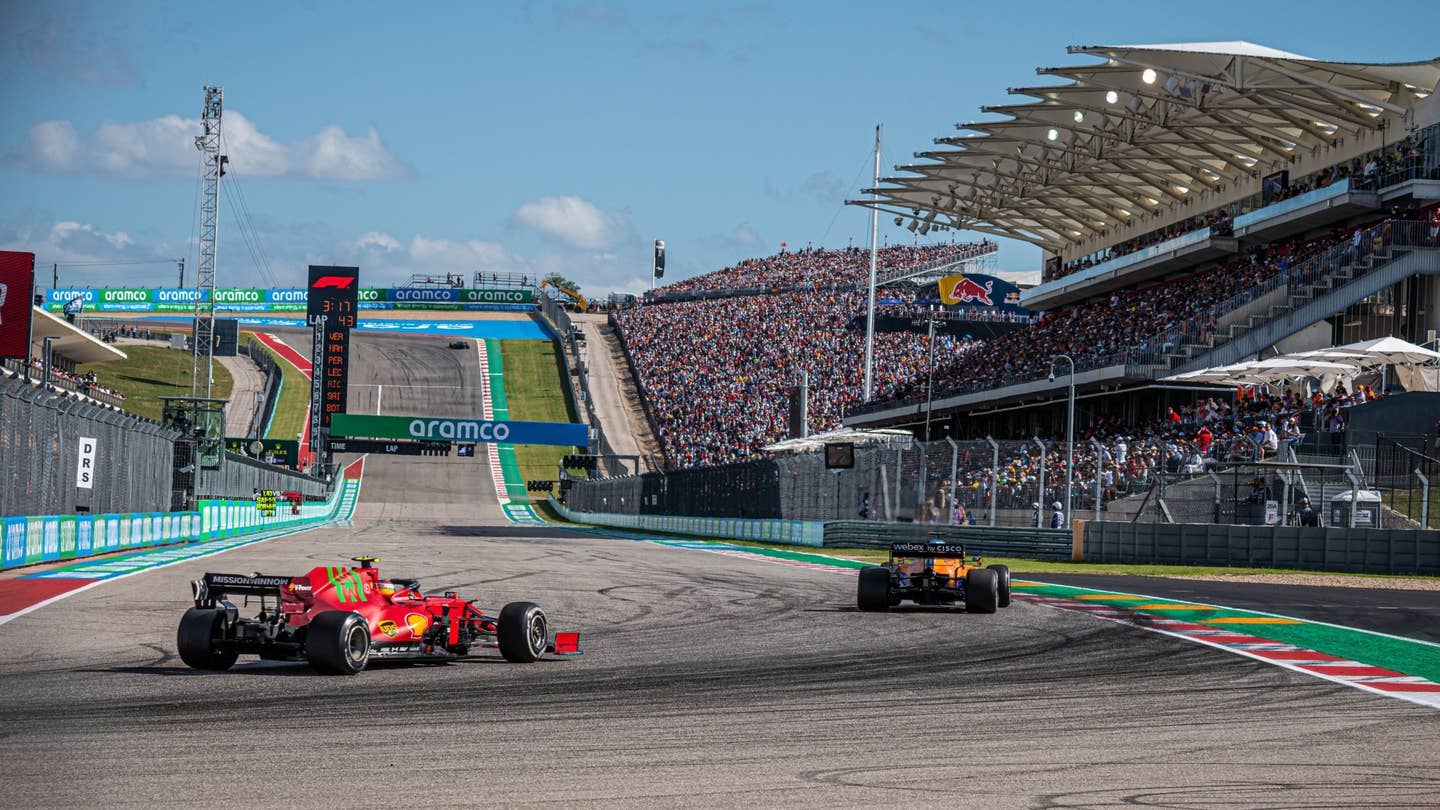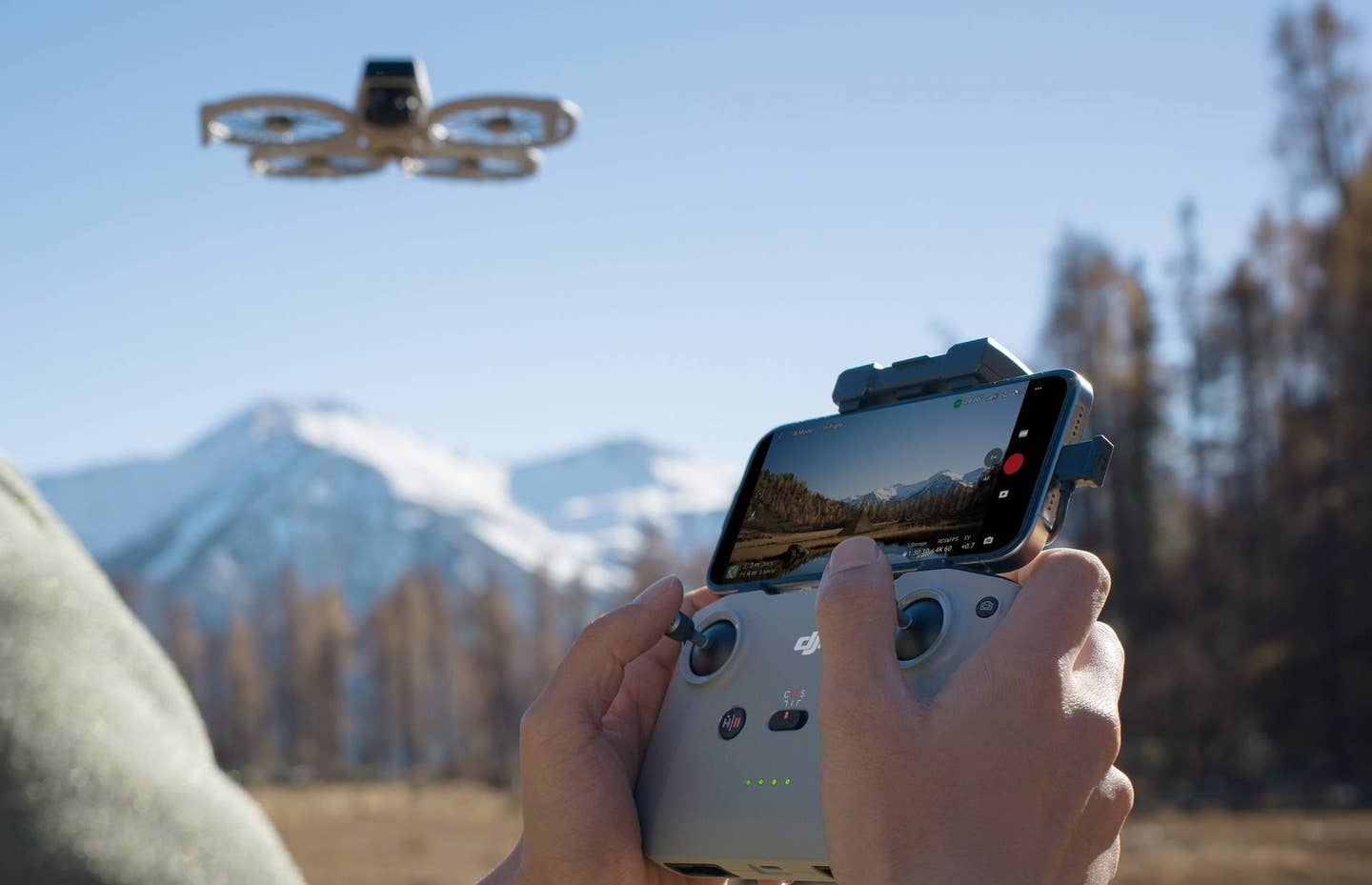What Is Fractional Jet Ownership?
Fractional jet ownership is a way to have the luxury of flying private without the hassle of owning a jet.

Business private jet airplane parked at terminal. Luxury tourism and business travel transportation concept. Closeup. 3d rendering. [Credit: Adobe Stock]
Fractional jet ownership is perfect for those wanting the luxury and convenience of flying privately but who do not want the hassle and expense of owning a jet. Through fractional ownership, multiple people can split the cost and benefits of jet ownership. Because multiple people own the aircraft, in most cases fractional jet ownership involves a jet management company.
How Does Fractional Jet Ownership Work?
Fractional jet ownership is the professionally managed co-ownership of an aircraft. By purchasing a fractional ownership share of the aircraft, owners can share the use and costs of the aircraft. Each shareholder is allotted a specific number of occupied hours per year that they can use to fly the aircraft. The flying time usually ranges between 50 and 400 hours, and most fractional jet shares come in multiples of one-sixteenth.
What Airplanes Are a Part of Fractional Jet Ownership?
Most aircraft that are used in fractional ownership are in the light or mid-sized jet families. The most common jets used within fractional ownership are:
- Cessna Citation X
- Cessna Citation Mustang
- Embraer Phenom 100
- Bombardier Learjet 35
- Bombardier Challenger 850
- Gulfstream G100
Light single-engine and multiengine piston airplanes can also be used for fractional ownership. These types of fractional ownership are targeted toward private pilots, not business people.
What Are Fractional Shares?
Each fractional owner of an aircraft will have a specified percentage of ownership that correlates to the number of hours that they can use the jet each month or year. Here are some examples of how these work:
- one-eighth: 100 hours
- one-fourth: 200 hours
- one-half: 400 hours
Costs Involved
Fractional jet ownership includes an array of fees.
- Capital fee: To buy a fractional share of a jet, the first fee you will have to pay is a capital or acquisition fee. These fees will likely be a one-time ‘buy-in’ fee. Average capital fees for fractional jet ownership will start between $300,000 and $600,000 for a one-sixteenth share of a light jet.
- Monthly maintenance fee: These will be charged to each shareowner of the jet. These fees are used to keep up and maintain the aircraft.
- Occupied hour fee: The occupied hour fee encompasses the cost to fly the aircraft. This includes the crew pay, fuel costs, and hourly costs. This will vary greatly depending on the aircraft. On average, an occupied hour fee will be between $2,000 to $4,500 per hour.
- Other fees: Most fractional jet ownership management companies will require shareholders to pay a monthly management fee. This fee varies based on the number of people in the fractional ownership.
How Does a Fractional Jet Ownership Agreement Work?
Within a fractional jet ownership agreement, there are many smaller agreements. It is important to read and understand the entire agreement before signing.
Purchase Agreement
The purchase agreement is the main agreement between the jet management company and the other fractional owners with whom you will share ownership of the aircraft. This agreement covers the provider’s warranties and representations related to the aircraft’s condition and title. This will also state how you will share the ownership with the other shareholders.
Management Agreement
This is an agreement between you, the shareholder, and the company that manages the aircraft. The agreement covers how many hours the fractional owner can fly, their flying costs, and when they can fly. These agreements will also show how rollover hours work, the owner’s right to interchange, where owners can fly, and peak travel days when the owner will have more restrictions.
Master Dry Lease Exchange Agreement
The master dry lease exchange agreement is an agreement between the fractional owners of the aircraft that explains the relationship between the fractional owners. This agreement usually has every owner sign off on the other owners using the aircraft.
Binder/Deposit Agreement
The binder/deposit agreement is the initial fractional share purchase agreement. It requires a buyer to tender a deposit before the seller will hold the buyer’s share. This agreement also guarantees the owner’s pricing won’t change, states a firm delivery date, and identifies the particular aircraft in which the buyer is purchasing a share.
Benefits of Fractional Jet Ownership
There are many benefits to entering into a fractional jet ownership agreement over buying your own jet.
- Multiple jet options: Because there are many different owners within fractional ownership, there will likely be multiple available aircraft of the same type available at any given time.
- More depreciation tax deductions: You may be able to utilize depreciation deductions on your federal tax return related to owning the jet that are not available when chartering—if you use the jet in the course of your business.
- Privacy: Flying privately gives you the ultimate privacy when you need to travel. Also, since the jet is not registered under your name, the flight’s routing and destination airports will not be linked to you.
- Flexible availability: Fractional ownership will give you the freedom of hopping on a jet with little to no planning since multiple aircraft will be at your disposal. Most fractional providers can have an aircraft ready in only a few hours.
Disadvantages of Fractional Jet Ownership
While there are many advantages of fractional ownership, there are also some disadvantages.
- Limitations to the type of aircraft available
- Long-term contracts with usage limits
- Must-pay monthly fees, even if you don’t use the aircraft in a given month
- Passenger capacity and range are limited to the type of aircraft for which you sign a contract
Full Ownership vs Fractional Ownership
Fractional jet ownership will have a lower overall cost. Full ownership requires hefty upfront costs, like purchasing the aircraft, buying a hangar, and hiring a jet management company. Since fractional ownership allows all of these costs to be divided, it is less of a burden on individual shareholders. While full ownership eliminates the need to share usage of the aircraft, the increased costs may not make it worth it. Whether you are looking to purchase a jet for personal use or business, fractional jet ownership may help curb the costs. With maintenance and management of someone else’s headache, fractional ownership can give shareholders the luxury of flying private without the hassle and added expense of jet ownership. To learn more about fractional jet ownership, and stay up to date on all things aviation, subscribe to FLYING Magazine.

Sign-up for newsletters & special offers!
Get the latest FLYING stories & special offers delivered directly to your inbox






